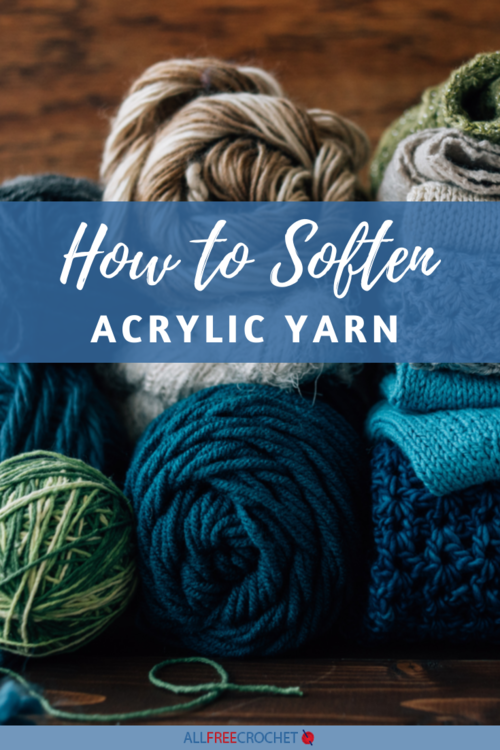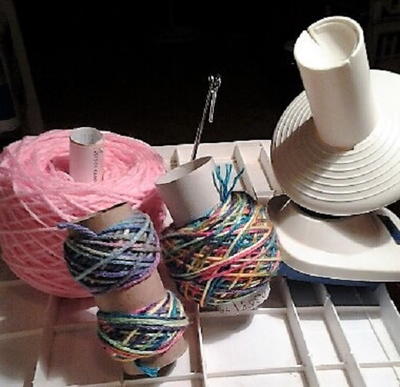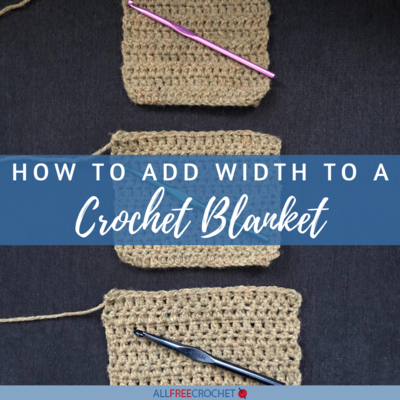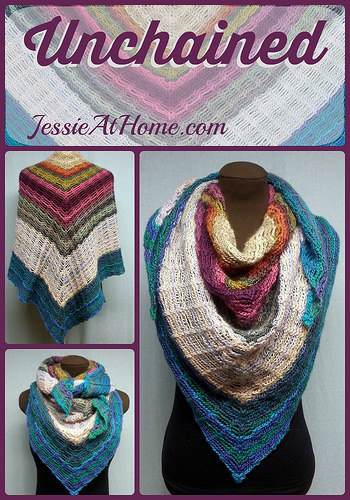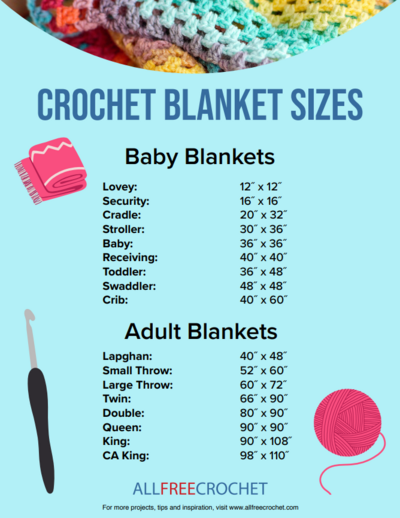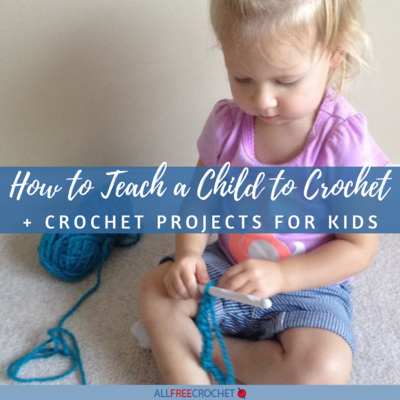Solved: How to Soften Acrylic Yarn
Does acrylic yarn soften after washing? Yes, you can make acrylic yarn softer by following these tips and tricks.
Acrylic yarn is a lot of fun to work with: it's readily available, it comes in a myriad of bright and bold colors, and it's very affordable.
When you're shopping for yarn for a big crochet blanket or a thick and cozy infinity scarf, you'll likely want to have as many options available to you and not spend a fortune on the sheer amount of skeins you'll need, right?
The downside to all these perks is that 100% acrylic yarn isn't always the softest yarn out there. So, can you soften acrylic yarn?
Find a few options with this helpful resource, How to Soften Acrylic Yarn, which focuses on ways to make acrylic yarn softer either before or after crocheting.
If you're just working up a crochet throw or pillow, for instance, you might not care too much about how soft it is, but if you're working up something like a crochet shawl or something special for baby, you want your yarn to be soft to the touch.
Before you resign yourself to having to buy the more expensive but much nicer yarn - there is a way you can soften your 100% acrylic yarn at home.
Whether you just bought the yarn or have already worked up a crochet blanket, you can turn your coarse yarn into something super soft.
How to Soften Acrylic Yarn (Two Ways)
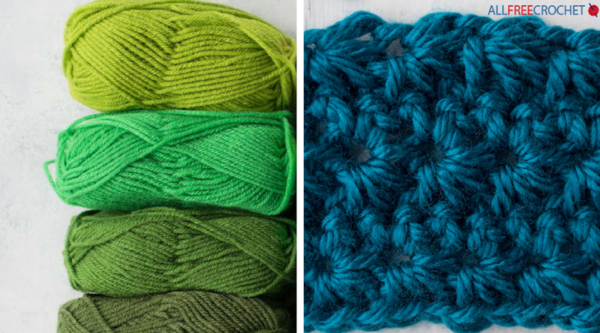
How to Soften Yarn in a Skein:
If you just bought your yarn (or just pulled it out of storage), and haven't started crocheting at all, follow the steps below for how to soften yarn that's unused. Follow these instructions to get your hank, ball, or skein of acrylic yarn soft and snuggly in just four steps.
- Remove all yarn labels but don't unravel the yarn.
- Using your fingers, get the yarn loose - don't take it apart or unravel it, though. Just loosen up the skein a bit.
- Place your loosened up skein of yarn in a lingerie bag (or a pillowcase) and wash it with cold water and fabric softener.
- Place the yarn in the dryer with a dryer sheet and voila! You can now start crocheting with super snuggly yarn.
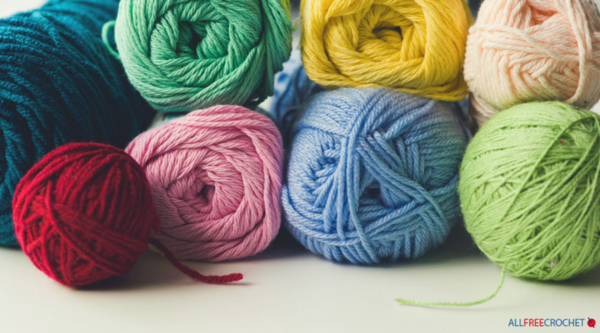
How to Soften Crochet Projects (Made with Acrylic Yarn):
If you've already finished your crochet project before realizing that it should be a little softer, never fear! You can still soften it up with ease using any shampoo and conditioner you have on hand. With these simple steps below, you can learn how to make yarn softer even after it's been crocheted into something beautiful.
- Soak your finished crochet project in cold water for twenty minutes.
- Hand wash your project in cold water with shampoo. Rinse it thoroughly (at least twice) to make sure you remove all of the shampoo.
- Saturate the project with conditioner. A lot of it.
- Allow the project to sit for ten minutes, still soaked with conditioner.
- Fill up your tub or sink or large bucket with fresh, ice cold water and let your project soak for at least another hour. It should still be full of conditioner when you place it in the ice water.
- Rinse out the conditioner. Rinse it a few more times to make sure it's all out.
- Move your crochet project to the washing machine. You can place it in a lingerie bag or pillowcase if you're concerned about it coming undone at all.
- Wash your project on the absolute lightest setting allowed. Add detergent, if you want, and a LOT of fabric softener (soaking yarn in fabric softener is going to help a lot).
- Move your project to the dryer with some dryer sheets and dry it until it's slightly damp.
- Block it as needed and let dry fully.

BONUS! Helpful Resources
Now that you have learned ways to soften yarn, find out more about yarn with these fantastic resources. Not only are these pages a great read for beginners, but they will come in handy no matter your level of crochet knowledge. So, take a look and learn something new today.
- Types of Yarn and Yarn Weight - Acrylic is only one of the many types of yarn available. Check out this page to learn all about yarn weights and types. It also includes a free chart with all the yarn types.
- Crochet Abbreviations List - Before you can start crocheting, you need to make sure you know the basics, which includes crochet abbreviations. This helpful page goes over them and offers a free download.
- How to Keep Yarn From Tangling - This page is full of advice on keeping your free from knots and tangles. No need to worry about softening yarn AND getting it untangled.
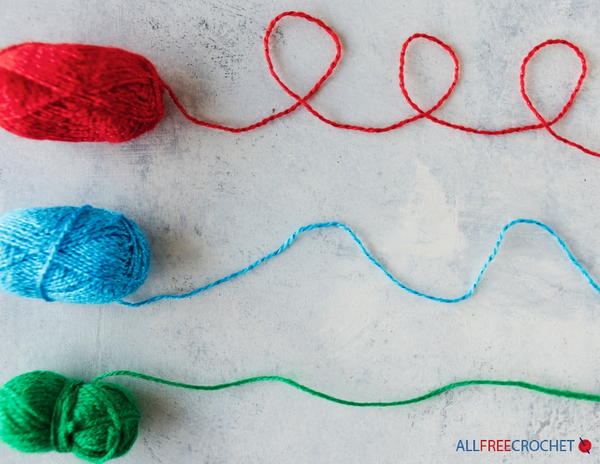
- How Much Yarn Do I Need? - These tips for planning crochet projects will help you figure out the averages of yards needed for each type of popular crochet project squares, hats, socks, scarves, sweaters, baby blankets, and more.
- Yarn Storage Ideas - What do you do with your bits of yarn when you're done with a project? Once done crocheting, there's usually lots of yarn leftover. This resource offers suggestions for organizing and storing it.
- 7 Surprising Crochet Health Benefits - The healing benefits of crocheting are numerous and range from simply calming you down and easing your stress to potentially reducing the risk of Alzheimer’s disease.
- How to Block Crochet - Since the tutorial for softening finished projects involve blocking your crochet, you will need to know how. This page offers three different ways of blocking your work.
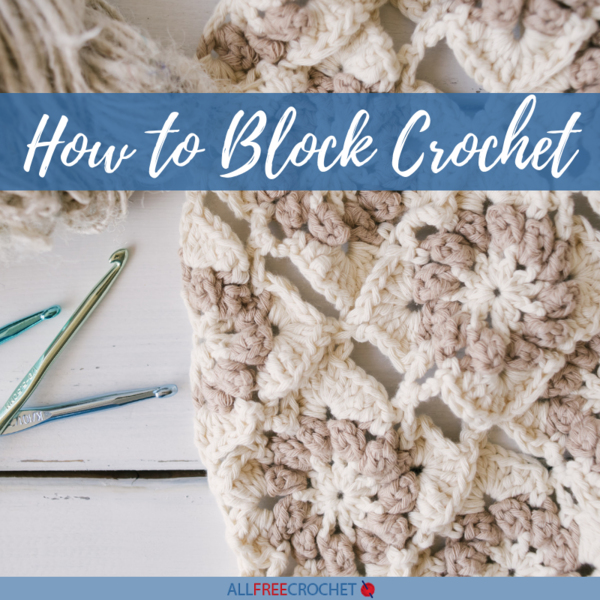
Up Next
How Much Yarn Do I Need? >>
What is your favorite type of yarn?
Let us know in the comment section!
Read NextCrochet Blanket Sizes Chart
Your Recently Viewed Projects
flowergirl
Oct 30, 2018
It is a fact that acrylics are more affordable compared to buying real cotton or mohair but the quality is lower. So I find it here tips and tricks really great for making all your projects softer and easier to handle.
Delphine Bryant
Aug 03, 2018
I have often not made a project because of the expense for the yarn. I live on a fixed income so I have to be picky where I spend my expendable dollars. This is a way to stretch my budget and make even more amazing crochet projects. I love this informational post. I have saved it to my favorites.
Morehouse17
Jul 18, 2018
If there were any nifty crochet tricks, this would be the first one that I would share with anyone interested in learning the craft. There are times that I will spend a small fortune on a project but it is not practical but some items will be treasures to pass down. This is a way to have it all. The less expensive yarns tend to be a little scratchy and may not get as much use because of that. This trick will insure that the item will be well loved and used. Great knowledge.
dmc124 6819497
Apr 27, 2018
Shampoo/hair conditioner is REALLY unnecessary. You know what Barbie HAIR is made of? Acrylic, and its suggested to wash it with detergent and "condition" it with fabric softener, because, its not hair. Just use detergent and fabric softener, either liquid, or a dryer sheet. Really--who comes up with this stuff? You know how to fix tangled doll hair, original Armorall. Really. Don't use hair products on your acrylic yarn - its a waste of time.
JaneEK
Apr 05, 2018
I have tried both of the suggested ways to soften yarn, and there are ups and downs to each method. I keep lingerie bags just for this purpose (3 for $1 at Dollar Tree) so thats not a problem. If you do the unworked skein, you still need to wind it afterwards as you cant pull it anymore. So I generally prefer to condition the worked projects since I can do all the lights and darks together.
Minerita
Apr 03, 2018
For most completed projects, I've found that a simple wash (Hand wash or delicate setting) with light detergent (to remove any "sizing" and body oils) followed by a rinse with fabric softener and a second full cycle with fabric softener in both the wash and rinse. Followed by tumble dry low with a dryer sheet. Removes 99% of the scratchiness and stiffness of inexpensive acrylic yarn projects. I'm often dealing with bed size blankets so Hand Washing ain't gonna happen.
KLC
Apr 03, 2018
Oh, this is awesome news. I like acrylic because it's not expensive but I do find it scratchy much of the time. Now I know it doesn't have to be.
Report Inappropriate Comment
Are you sure you would like to report this comment? It will be flagged for our moderators to take action.
Thank you for taking the time to improve the content on our site.

